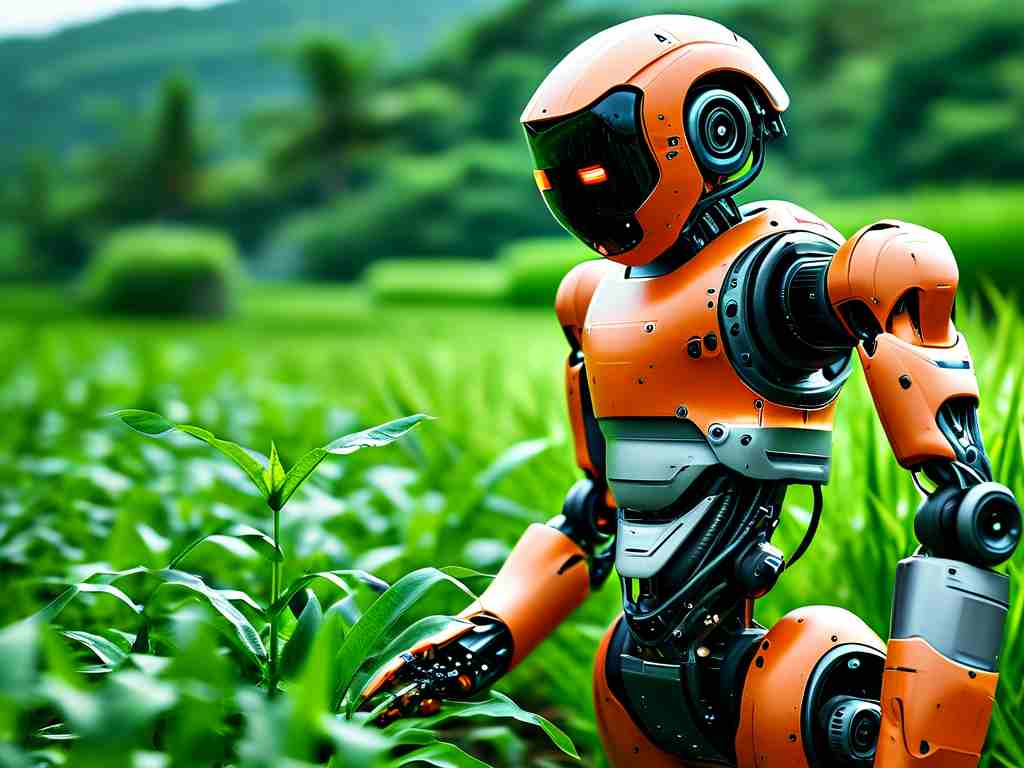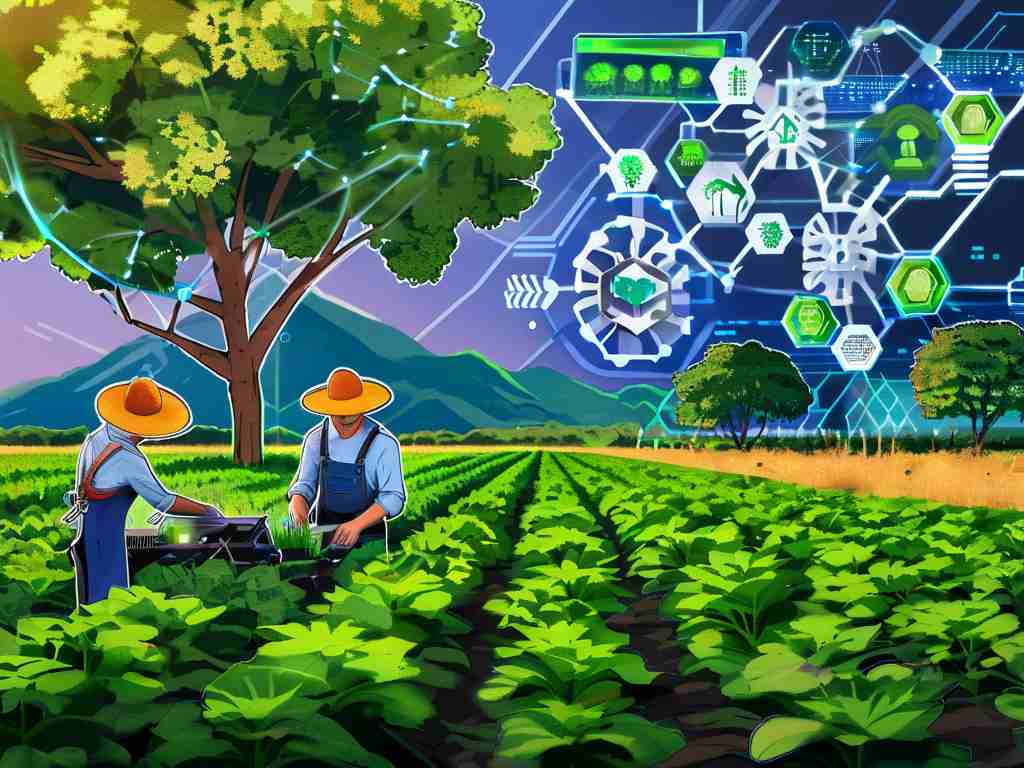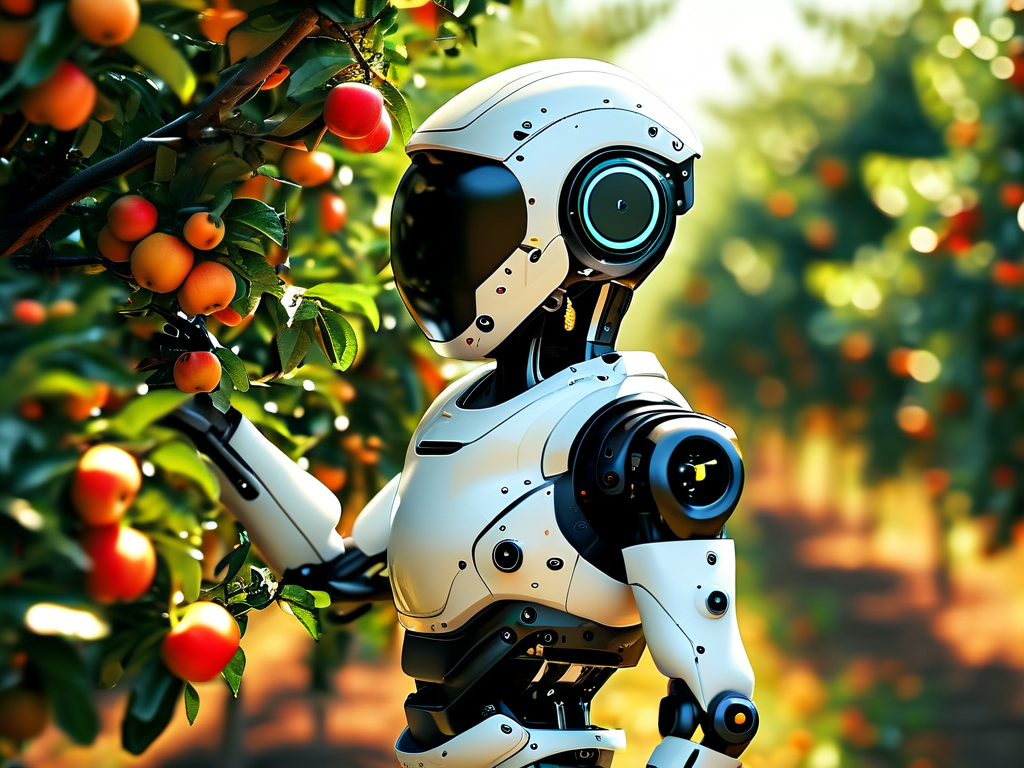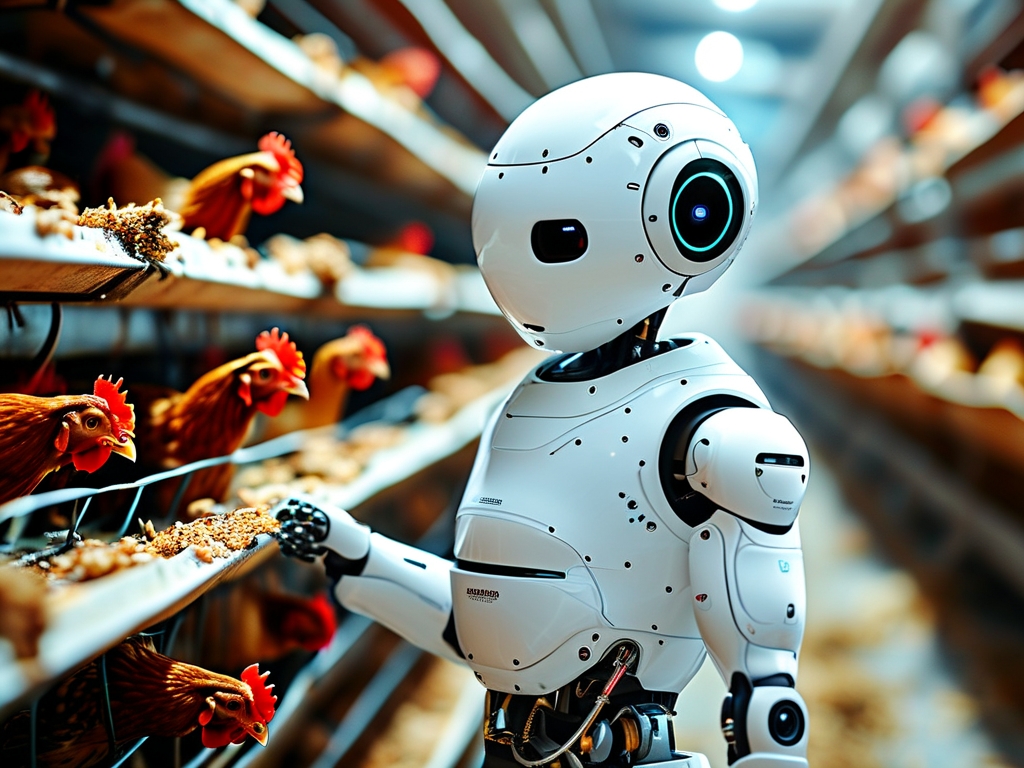The agricultural sector is undergoing a transformative shift with the integration of robotics into traditional farming practices. Among these innovations, robotic seedling cultivation technology stands out as a game-changer, offering precision, efficiency, and scalability to modern agriculture. This article explores how this technology is reshaping crop production and addressing global food security challenges.

The Mechanics of Robotic Seedling Cultivation
Robotic seedling systems leverage advanced sensors, machine learning algorithms, and automated machinery to optimize every stage of seedling development. Unlike manual methods, these systems monitor environmental factors like soil moisture, temperature, and light intensity in real time. For instance, a robotic arm equipped with multispectral cameras can assess seedling health by analyzing chlorophyll levels, while AI-driven software adjusts irrigation schedules based on predictive weather data.
One notable application is the use of modular seedling trays managed by autonomous robots. These machines precisely deposit seeds into biodegradable pods filled with nutrient-enriched substrates, ensuring uniform spacing and depth. Trials in Japanese rice farms have demonstrated a 22% increase in germination rates compared to conventional techniques, attributed to the elimination of human error in seed placement.
Economic and Environmental Advantages
Adopting robotic seedling technology presents significant cost-saving opportunities for large-scale farms. A case study from a California-based tomato nursery revealed that automation reduced labor costs by 40% during peak planting seasons. Additionally, the precision of robotic systems minimizes resource waste—water usage drops by 18% and fertilizer application becomes 25% more efficient due to targeted delivery mechanisms.
From an environmental perspective, this technology supports sustainable farming practices. By optimizing inputs and reducing chemical runoff, robotic systems align with regenerative agriculture principles. Researchers at Wageningen University have also documented a 15% reduction in carbon emissions per seedling batch, as automated workflows decrease reliance on fossil-fuel-powered machinery.
Challenges and Adoption Barriers
Despite its potential, widespread implementation faces hurdles. High upfront costs remain a primary concern, with a single robotic seedling unit costing approximately $120,000—a prohibitive investment for smallholder farmers. Moreover, the technical expertise required to operate and maintain these systems creates a knowledge gap in rural communities.
Cultural resistance also plays a role. In regions where traditional farming methods are deeply ingrained, skepticism about machine-driven agriculture persists. To address this, companies like AgriBot Solutions are piloting lease-to-own programs and hosting hands-on training workshops in Southeast Asia, aiming to build trust and demonstrate long-term ROI.
Future Prospects and Global Impact
The convergence of robotics with IoT and blockchain technology could further enhance seedling cultivation systems. Imagine sensors transmitting growth data to blockchain platforms, enabling consumers to trace a plant’s journey from nursery to supermarket. Meanwhile, startups are developing solar-powered robotic units tailored for off-grid farming communities, potentially democratizing access to this innovation.
As climate change intensifies pressure on food systems, robotic seedling technology offers a scalable solution. The UN Food and Agriculture Organization estimates that adopting such systems across just 30% of global vegetable farms could stabilize yields despite erratic weather patterns. With ongoing advancements in AI and material science, the next decade may witness robotic nurseries becoming as commonplace as tractors in modern agriculture.
In , robotic seedling cultivation represents more than a technical upgrade—it embodies a paradigm shift toward data-driven, eco-conscious farming. While challenges persist, the synergy between robotics and agronomy holds immense promise for nourishing a growing population on a warming planet.







